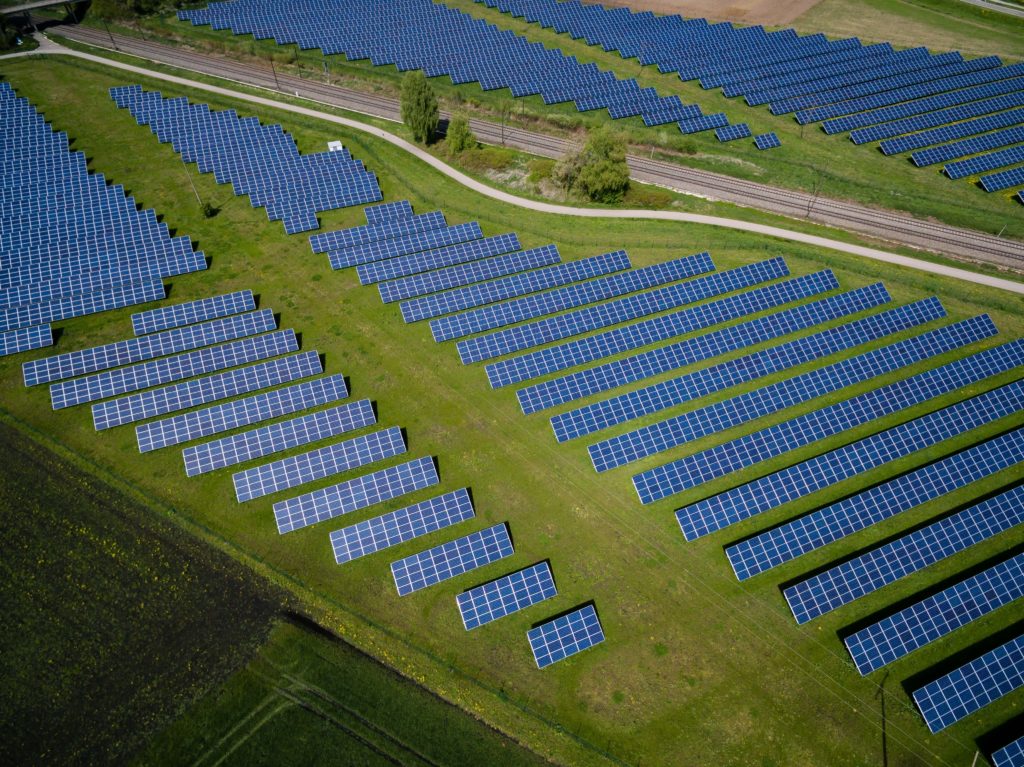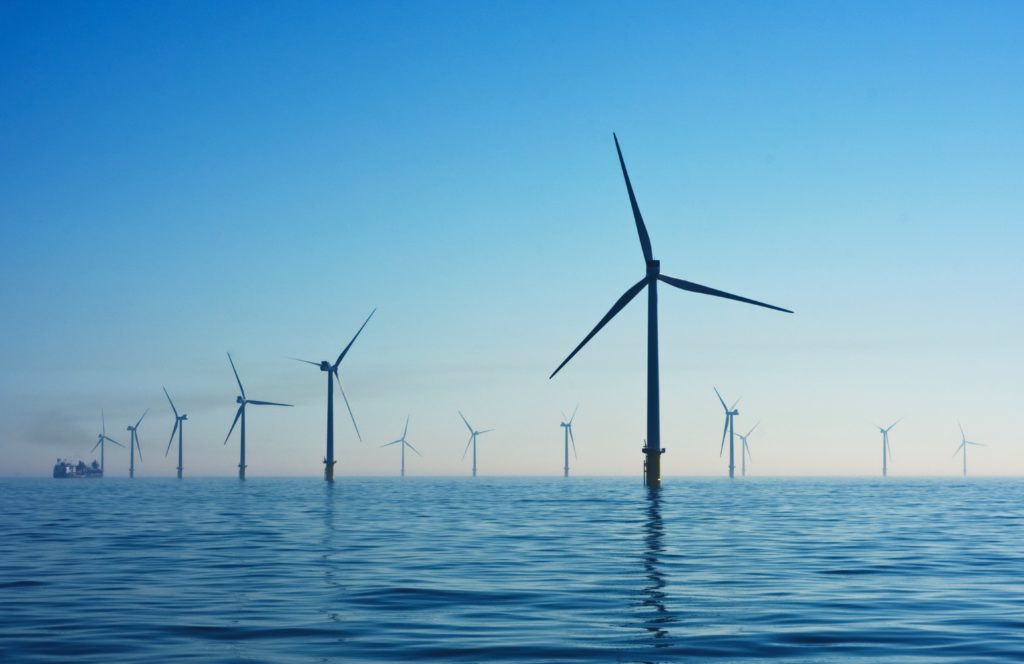Do you ever find yourself wondering why renewable energy is so important? The truth is that it plays an essential role in sustainable development, helping to reduce greenhouse gas emissions and protect our planet. With the growing awareness of climate change and its potential consequences, more people are beginning to understand the incredible benefits of renewable energy sources. Read on to discover interesting facts you might not have known about this crucial form of energy!
How much of the world’s energy is generated by renewable sources
As the world becomes increasingly aware of the impact of climate change, the importance of renewable energy sources cannot be overstated. So, how much of the world’s energy is generated by renewable sources? According to recent reports, renewable sources account for just over a quarter of the world’s electricity generation. While progress has been made in shifting towards cleaner energy, there is still significant work to be done to increase the use of renewable sources and reduce our reliance on fossil fuels. With new technologies emerging and a growing global commitment to sustainability, the future is bright for renewable energy. The people behind renewableenergyrebates.org note that renewable energy is a good way to reduce carbon emissions and make a positive difference in the fight against climate change. It is also an economically viable option, as many countries offer generous tax credits and other financial incentives to those who switch to renewable energy sources.
What countries are leading the charge in renewable energy production
Renewable energy has become an increasingly important topic in recent years, as countries around the world work to reduce their reliance on fossil fuels and combat climate change. In this effort, some countries have emerged as leaders in renewable energy production. One such country is Denmark, which has made significant investments in wind power and other renewable energy sources. Another leader in this area is Germany, which has aggressively pursued solar energy and has seen significant growth in this industry over the past decade. Other countries that are making a name for themselves in renewable energy production include Sweden and Japan. As these nations continue to set an example for the rest of the world, it is becoming clear that a transition to renewable energy is not only necessary but also achievable.
What types of renewable energy sources exist
Renewable energy has become increasingly important as the world looks for ways to reduce its carbon footprint and combat climate change. There are a variety of renewable energy sources available, each with its own unique advantages and disadvantages. Solar power is perhaps the most well-known, with panels utilized to convert sunlight into electricity. Wind power utilizes turbines to generate energy from the wind, while hydroelectric power harnesses the power of water to generate electricity. Biomass and geothermal power are also renewable sources that use organic matter and heat from the Earth’s core. With multiple renewable energy sources available, there are plenty of options for individuals and businesses looking to transition to a more sustainable future.
The advantages and disadvantages associated with different renewables
Renewable energy sources, such as solar, wind, and hydropower, offer numerous advantages over traditional fossil fuels. For starters, they are clean and sustainable, reducing greenhouse gas emissions and minimizing the impact on the environment. Furthermore, renewable energy sources are becoming increasingly cost-effective, with prices continuing to drop as technology advances. However, they do have their drawbacks. Renewable energy sources can be unreliable, as they depend on weather conditions and geography. Additionally, the initial costs of investing in renewable energy infrastructure can be high, and they may not produce returns for some time. Despite these challenges, the benefits of renewable energy sources often outweigh the drawbacks, and they represent a critical piece of the puzzle as we work towards a more sustainable future.
How governments are incentivizing renewable energy projects
In recent years, there has been a growing momentum to shift towards renewable energy sources to combat climate change. To promote this transition, governments around the world are incentivizing renewable energy projects through various measures. One such incentive is tax credits for companies that invest in renewable energy infrastructure. Additionally, governments are offering grants and subsidies to encourage the adoption of alternative energy sources. This not only creates a more sustainable future, but it also helps create jobs and spurs economic growth. With these policies in place, renewable energy projects are becoming a more financially viable option for businesses and individuals alike. It is clear that governments are taking the necessary steps to accelerate the transition towards a greener future.
What industry leaders are doing to promote sustainable energy habits
As our planet’s resources continue to dwindle, industry leaders are taking proactive steps toward promoting sustainable energy habits. By implementing innovative strategies, from using renewable energy sources to reducing waste, these forward-thinking companies are leading the charge toward a more environmentally-friendly future. Many have invested in state-of-the-art technology to make their operations more efficient and reduce their carbon footprint. Others have made conscious decisions to adopt green initiatives, such as offering incentives for employees who switch to electric cars or installing energy-saving lighting in their facilities. As more and more businesses recognize the importance of sustainable energy habits, it is hopeful that we can slow down the destruction of our planet and create a brighter future for generations to come.
In conclusion, renewable energy is becoming more and more accessible as we move towards a sustainable future. From solar to wind, countries all over the world are leading the charge in renewable energy production, offering incentives to businesses to switch from traditional power sources. It’s clear that renewable energy has an important role to play in maintaining a stable climate, as well as being cost-effective for both consumers and businesses. With resources such as wind and solar that have virtually inexhaustible capacity compared to non-renewable sources, renewable energy is ultimately designed for long-term sustainability and progressive resiliency. Industry leaders are beginning to recognize the need for a cleaner energy source, and there’s no doubt that collective effort can lead us toward a stronger future. With the right policies, incentives, and investments in renewable energy sources, our planet can find a way to become more sustainable.


